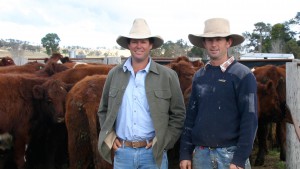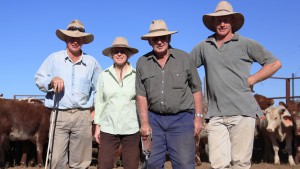Good Fats and Bad Fats
There are good fats and there are bad fats. All food fats are a blend of the two different types, saturated and unsaturated. Unsaturated fats include poly- and mono-unsaturated fats. Omega 3 and 6 are types of polyunsaturated fats, called essential, because we have to get them from food as our bodies can’t manufacture them and without them we die.
Seemingly minor differences in their molecular structure make omega 3 and omega 6 act very differently in the body. While omega 6 promotes inflammation, blood clotting, and tumor growth, omega 3 acts entirely opposite.
Although we do need both omega 3 and omega 6 it is becoming increasingly clear that an excess of omega 6 fatty acids can have dire consequences to our health.
Our Diet
In the past 100 years there has been a rapid and unprecedented change in our diet. The modern vegetable oil industry was devel- oped, and it is based on oil from seeds rich in omega 6 fats. Modern agriculture increased production by emphasizing grain feeds for domestic livestock, and grains are rich in omega 6 fats. Therefore, aggressive, industrialized agricultural management techniques have decreased the omega 3 fat content in many foods.
When we switch from grainfed to grassfed meat, we are simply returning to the diet of our long-ago ancestors, the diet that is most in harmony with our physiology. Every cell and every system of our bodies will function better when we eat products from animals raised on grass.
Grassfed Beef v’s Grainfed Beef
After isolating the omega 3 and omega 6 fats, scientific experiments determined that if the ratio of omega 6 fats to omega 3 fats exceeds 4:1, people have more health problems. The lower the ratio deffer- ence the better.
This is especially meaningful since grainfed beef can have ratios that exceed 20:1 whereby grassfed beef is down around 3:1. Similar ratios are also found in all grainfed versus grassfed livestock products, i.e. eggs, pork and chicken. Studies have clearly shown that the longer cattle are fed grain, the greater the fatty acid imbalance.
Many scientists believe that a major reason for the high incidence of heart disease, hypertension, diabetes, obesity, premature aging, depression and some forms of cancer is the profound imbalance between our intake of omega 6 and omega 3 fatty acids.
Grassfed beef is also loaded with other natural minerals and vitamins, plus it’s a great source of CLA (conjugated linoleic acid) a fat that re- duces the risk of cancer, obesity, diabetes, and a number of immune disorders.
With the scientific data that has been published concerning omega 6 and omega 3 fatty acids, we must assume grassfed beef is far better for human nutrition than grainfed beef. If so, then having access to grass-fed beef can be very beneficial for one’s health.
What about fish?
Fish, while generally a leaner food choice than beef, is heavily pro- moted as a good source of the omega-3 fats.
Normally a good ratio of omega 6 to omega 3 in fish is 2 or 3 to 1. Again, the lower the better. Grassfed beef is much higher in Omega 3 than fish.
Another problem with fish is that over half of the US burns coal to generate electricty (not to mention other countries) and 80,000 pounds of mercury is dumped into the oceans every year as a result. Nearly all fish are contaminated with mercury.
Conclusion
As consumer’s become more aware of omega 3 and the benifit of gressfed beef, the market will see a shift towards cattle that are solely prepared for slaughter on grass. Not only is the ability for an animal to fatten on grass economically better for a producer but they are heilthier for consumers as well.
We have well over 1 billion beef consumers worldwide and it is
not feesable to prepare all the beef consumed on grass alone. The world’s population is growing, quickly taking over the prime agri- cultural land used for producing food for the human population, leaving little room to have strictly grass-fed cattle. Feedlots are still a necessary requirement to produce beef. Cattle that are able to be prepared for sale quickly on grass are also going to perform in
a feedlot. This is the ultimate animal, healthy to eat and versitile in generating profit.
References:
- Meat & Livestock Australia
- ABARE
- mercuryexposure.org
- americangrassfedbeef.com

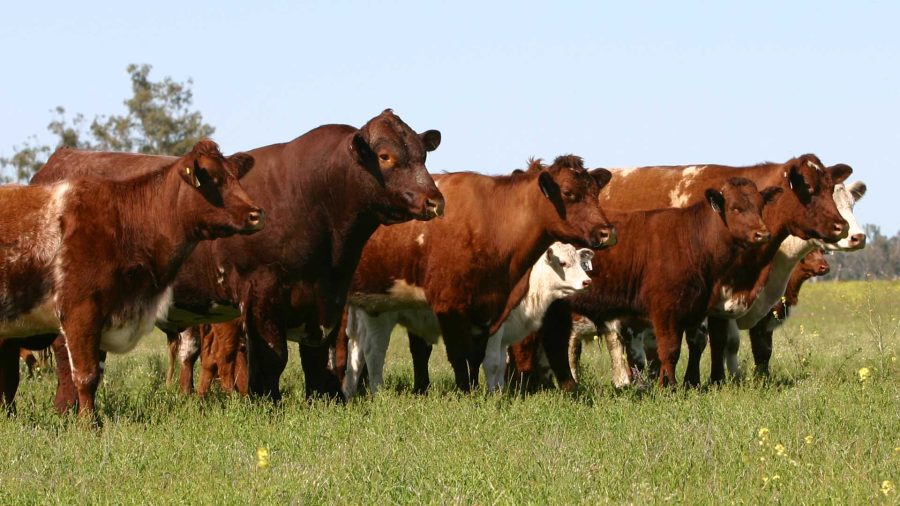
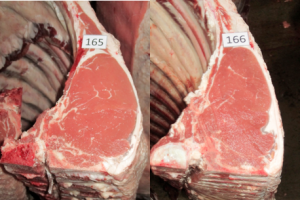
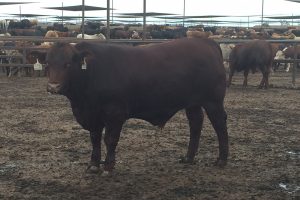
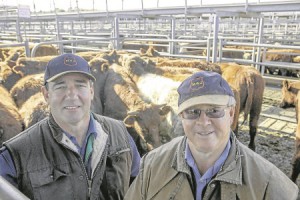






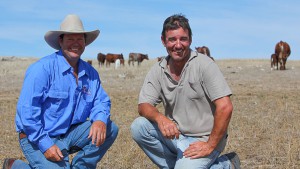
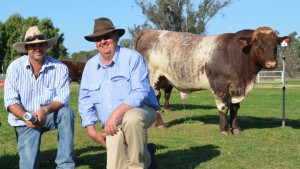
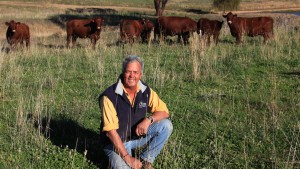
 “Yamburgan cattle are cattle that com- bine performance and docility and are sought after by both lot feeders and grass finishers who consistently comment on the high percentage of the cattle that meet the highest specifications.”
“Yamburgan cattle are cattle that com- bine performance and docility and are sought after by both lot feeders and grass finishers who consistently comment on the high percentage of the cattle that meet the highest specifications.”